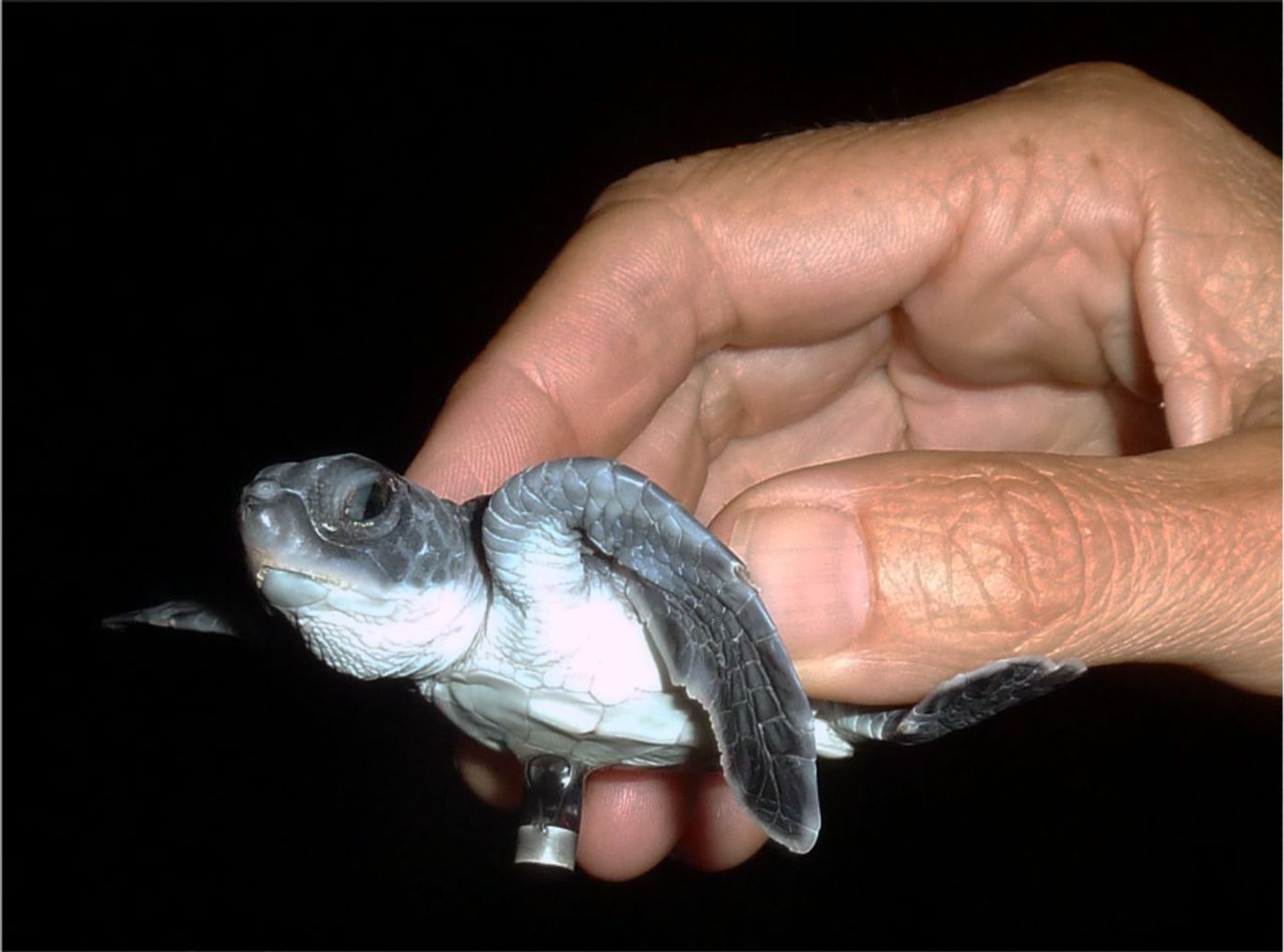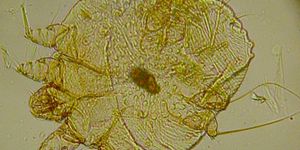Does Artificial Light Confuse Sea Turtle Hatchlings?
Artificial light pollution may make life even more difficult for baby sea turtles that are trying to make it in this world.

Image Credit: Michele Thums
Despite the incredibly low survival rate for baby sea turtle hatchlings, those that do survive after hatching use the natural light sources around them, such as the Moon, to help guide them to the ocean. It’s an instinct they seem to be born with.
They usually rely on moonlight shining on the surface of the ocean, but with more and more light pollution finding its way into our skies and near our beaches, baby sea turtles are finding it more difficult to get where they need to go.
The artificial light can often look alluring to the baby sea turtles, and they’ll follow it even if it’s in the opposite direction of the ocean, which is where they actually need to get to.
"It is widely known that artificial lighting near turtle nesting beaches attracts turtle hatchlings as they emerge from nests and can cause them to have trouble finding the sea," Professor Pattiaratchi said.
"But understanding what happens once they reach the sea and how lights on water from sources such as boats, ports and wharves affect them has been unknown up until now because we lacked a simple means to track them."
The theory was tested in a recent study conducted by a collaboration between the University of Western Australia, the Australian Institute of Marine Science, and the Department of Parks and Wildlife, and the findings were published in the journal Royal Society Open Science.
The groups of scientists tracked the movements of 40 baby sea turtles that they tagged after they had set up a 400-watt light in a boat around their place of hatching. It was positioned in such a way that the light would bounce off of the ocean water just like the Moon’s light would.
After tracking their movements with the light turned both on and off, and in different pattern scenarios in different ambient light conditions, the researchers found that up to 90% of the turtles were inclined to follow the source of the artificial light rather than the Moon’s light.
The findings show that hatched sea turtles are getting confused between the light they need to be following to get to the safest place possible, and the light that could be leading them to further danger.
As a result, the sea turtles stay out of the safety of the ocean for longer periods of time and are more susceptible to being eaten by predators.
Without a doubt, all the added artificial light that mankind imposes on nature, either by flashlight, with the LED flash on the back of our smartphones, and even from neighboring nightlife and cities, can impact a species’ ability to survive.
Source: Australian Geopgrahic, Phys.org








